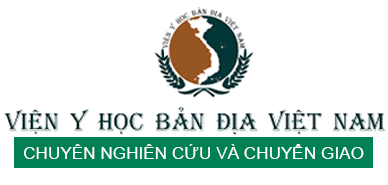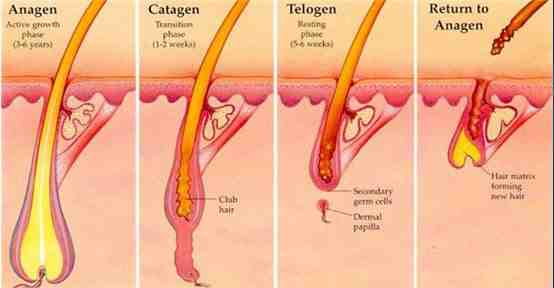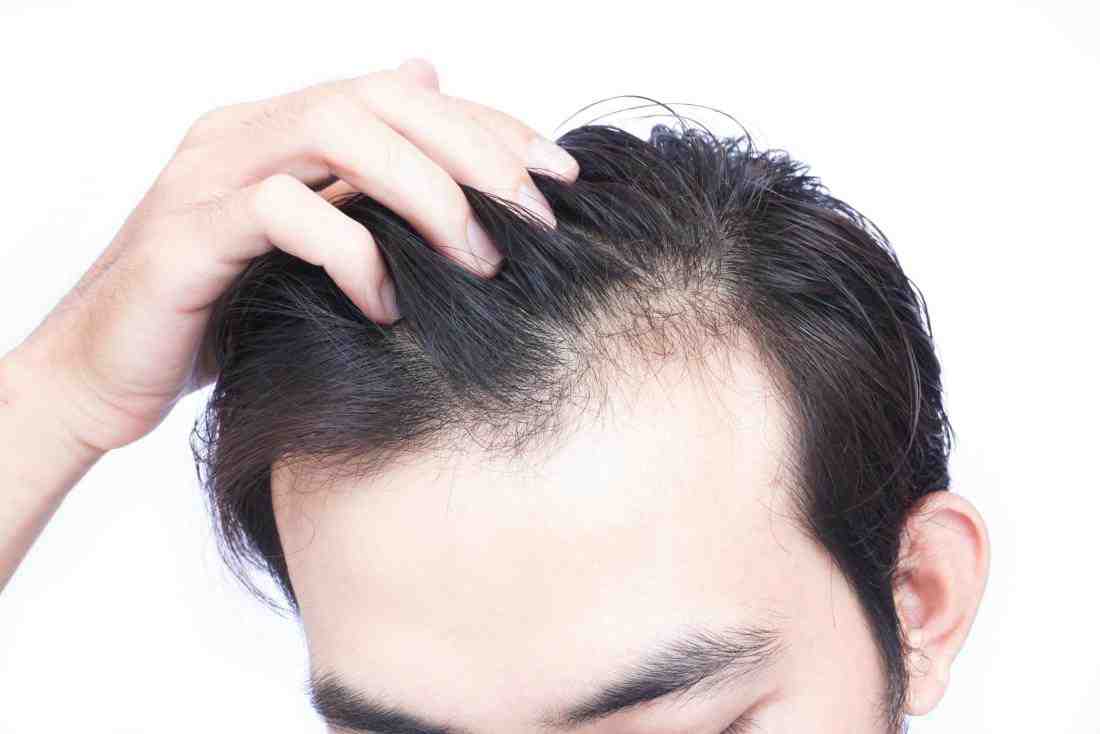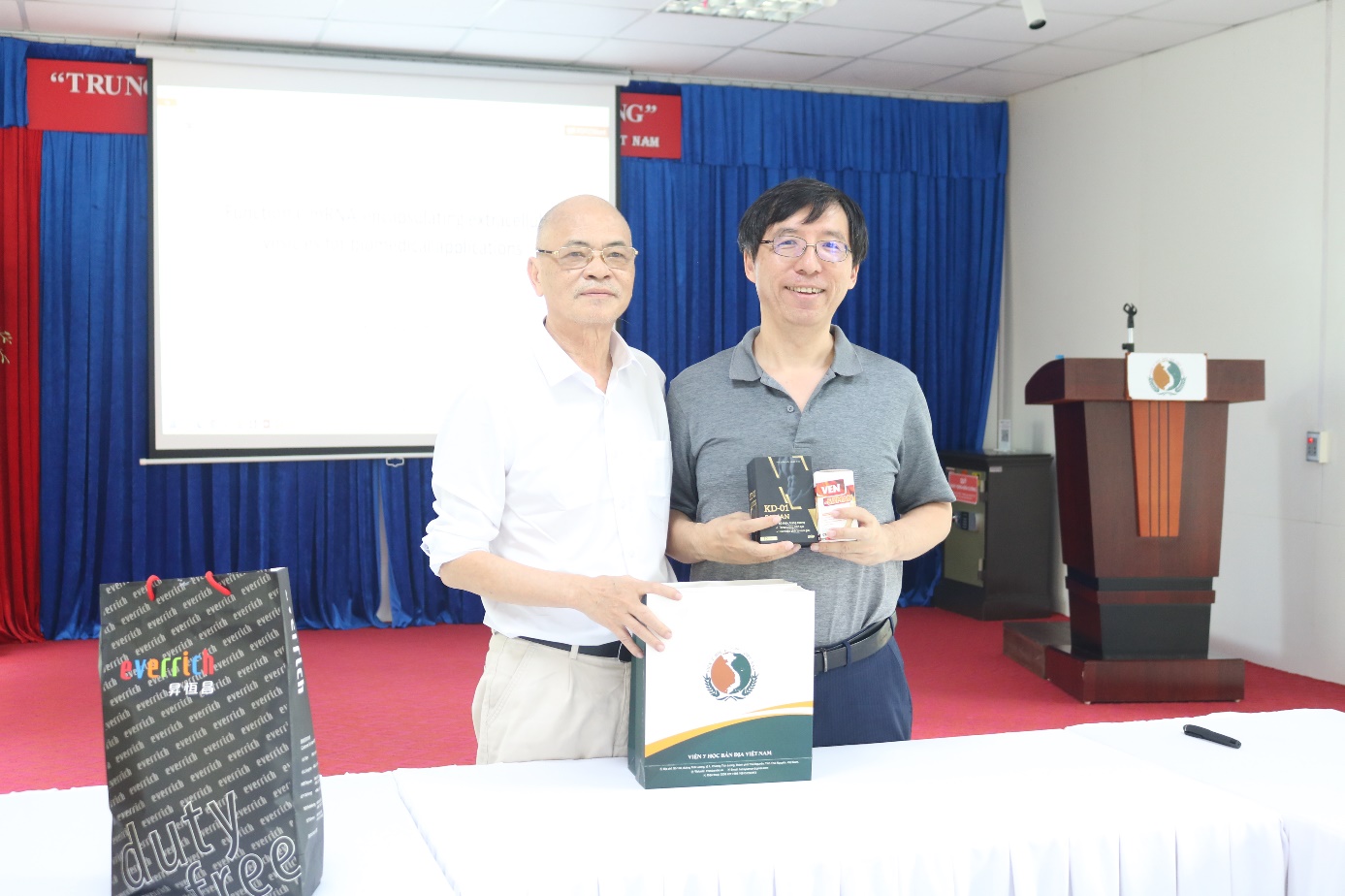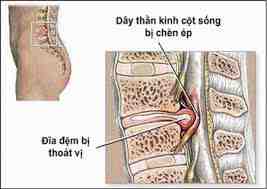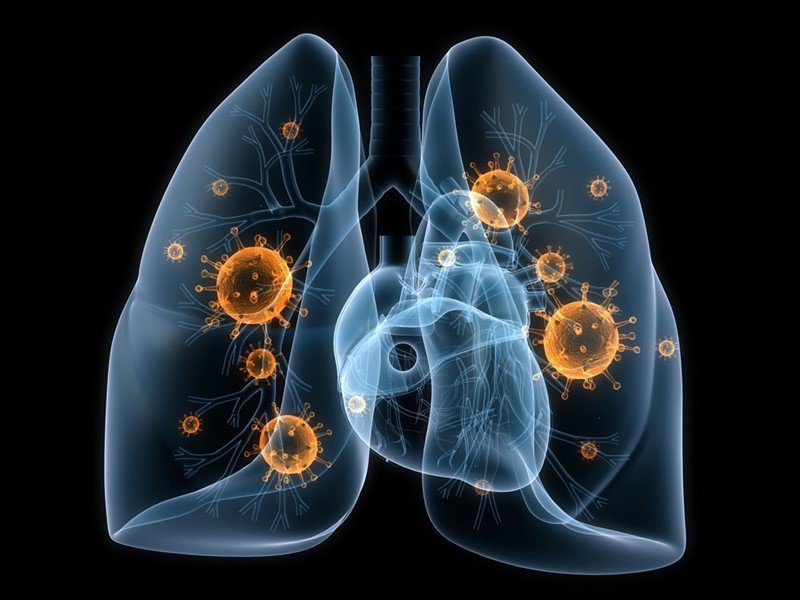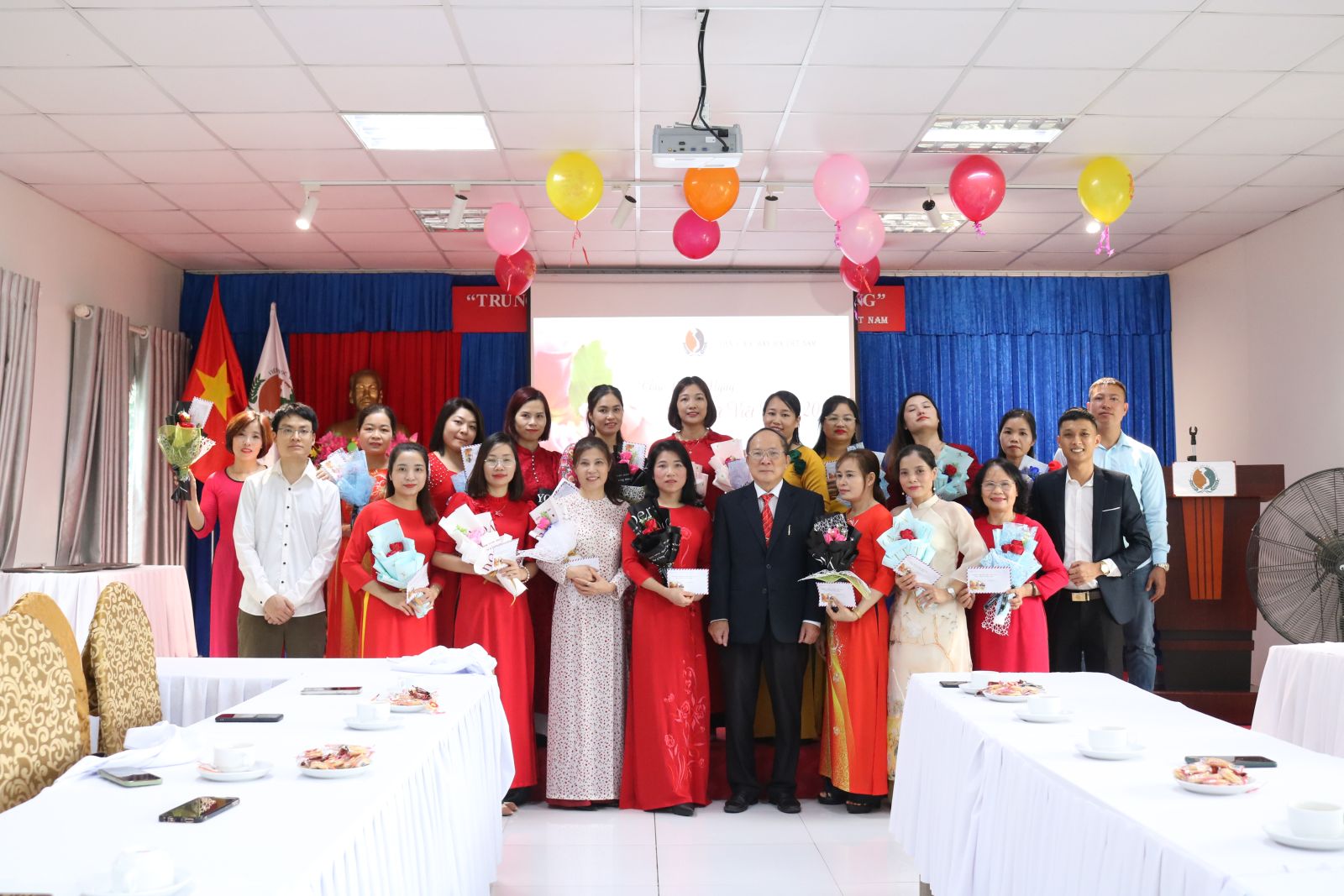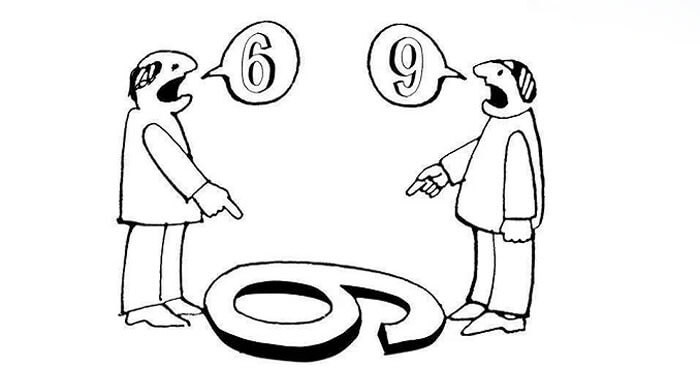
Testosterone được công nhận là nội tiết tố nam trong tổng thể hệ nội tiết vì nó điều khiển và chỉ đạo tốc độ phát triển tình dục của đàn ông. Testosterone cũng đóng một vai trò quan trọng trong việc xác định sức khỏe tổng thể của một người đàn ông và sự thỏa mãn trong hành vi tình dục. Mức testosterone cao có nghĩa là tình dục, thể chất và tâm thế năng lượng, sức chịu đựng và sức sống cao. Mức thấp sẽ mệt mỏi, lão hóa sớm và bệnh tật.
Trong khi mức độ testosterone tự nhiên suy giảm theo tuổi tác, một số yếu tố lối sống khác, bao gồm stress, ít vận động, quá căng thẳng, thiếu ngủ, bệnh mãn tính, hút thuốc, uống rượu và sử dụng thuốc theo toa và thuốc cũng có thể góp phần vào sự khởi đầu của sự suy giảm testosterone.
Cùng với testosterone giảm theo tuổi tác và lối sống, nhiều người nam giới lại có tăng tăng mức estrogen-một nội tiết tố nữ -trong máu của mình. Kết quả là một tỷ lệ testosterone/estrogen mất cân bằng sẽ trực tiếp gây ra các vấn đề sức khỏe, sự suy nhược, lão hóa. Đại đa số đàn ông quá ngạc nhiên khi biết rằng estrogen (một hormone nữ) cũng hiện diện trong cơ thể mình. Nhưng đó là sự thật, nó được sản xuất với số lượng rất nhỏ như là một sản phẩm phụ của quá trình chuyển đổi thành testosterone. Trong thực tế, mức độ cân bằng của estrogen ở nam giới là rất cần thiết để điều hòa tình trạng ham muốn tình dục lành mạnh, cải thiện chức năng não, bảo vệ tim và tăng cường hệ xương.
Nhưng do lão hóa, cơ thể bắt đầu chất béo, liệu pháp thay thế nội tiết tố, thuốc trừ sâu, suy dinh dưỡng, thuốc theo toa thuốc và uống rượu quá nhiều… người đàn ông bắt đầu có hàm lượng cao estrogen hơn đã gây phương hại đến sức khỏe của họ. Trong thực tế, các nghiên cứu đã chỉ ra rằng mức estrogen của người đàn ông 54 tuổi còn cao hơn so với tuổi trung bình 59 của phụ nữ! Kết quả cuối cùng là mức độ cao của estrogen có thể làm giảm trương lực cơ, tăng mỡ cơ thể, mất ham muốn tình dục và chức năng tình dục và tuyến tiền liệt bị to ra.
Trong thanh niên, một lượng nhỏ estrogen được sử dụng để giảm tác dụng kích thích tế bào cảm thụ quan của testosterone. Nhưng khi có quá ít testosterone, estrogen sẽ gắn với recepter của testosterone tại khắp cơ thể. Sau đó, hiệu ứng như tăng mức độ estrogen với tuổi tác, testosterone lúc này không có khả năng kích thích các tế bào, gây giảm kích thích tình dục và cảm giác ham muốn tình dục. Các yếu tố liên quan mức độ tăng estrogen bao gồm:
Việc mất khả năng sản xuất của tinh hoàn bình thường sinh ra testosterone. Dư lượng estrogen có thể bão hòa thụ thể testosterone ở vùng dưới đồi trong não do đó làm giảm các tín hiệu gửi đến tuyến yên. Điều này sẽ làm giảm sự tiết hormone luteinizing cần thiết cho các tuyến sinh dục để sản xuất testosterone.
- Tăng cường sản xuất của cơ thể với globulin hormon giới tính ràng buộc (SHBG). SHBG liên kết với testosterone do đó giảm lượng testosterone hiện diện thực tế quan trọng trong máu.
- Một thức tế nữa là những liệu pháp thay thế testosterone do đưa từ ngoài cơ thể vào gây mất phản xạ đáp ứng của cớ quan sản xuất testosterone.
- Những cản trở sức khỏe dài hạn bao bệnh tiểu đường, bệnh tim, và một số bệnh ung thư.
Nếu thử nghiệm cho thấy rằng mức độ estrogen của bạn là cao và/hoặc tình trạng testosterone thấp, bạn cần sử dụng testosterone hoặc hỗ trợ prohormone, với một số biện pháp sau:
- Giảm trọng lượng cơ thể, đặc biệt tình trạng béo mỡ ở vùng bụng vì đó là nơi sản xuất các enzym aromatase rồi chuyển đổi testosterone thành estrogen.
- Giảm bớt hoặc loại bỏ uống rượu để cho phép gan để loại bỏ tốt hơn estrogen thừa.
- Cung cấp thêm 80-90 mg kẽm mỗi ngày vì kẽm có chức năng như một chất ức chế aromatase cho một số nam giới.
- Tăng số lượng các loại rau họ cải như cải xanh và súp lơ và lanh sẽ thúc đẩy sự gan chuyển hóa và bài tiết estrogen thừa
- Giảm bớt hoặc loại bỏ và thuốc mà bạn thường xuyên uống có thể ảnh hưởng chức năng gan khỏe mạnh của bạn. thuốc thông thường bao gồm các NSAID (ví dụ như ibuprofen, acetaminophen, aspirin), các "statin" lớp học của thuốc hạ cholesterol, một số tim và huyết áp thuốc, và một số thuốc chống trầm cảm.
- Sử dụng một chrysin như Anti-Estrogen SportsCreme ® bởi edLean. Công thức này gồm có: Chất chiết xuất từ Passiflora coerulea bao gồm chrysin: Những tự nhiên bioflavanoid (isoflavones) là chất ức chế mạnh men aromatase, chúng là các enzyme có thể chuyển đổi testosterone thành estradiol. Lưu ý: Chrysin là kém hấp thu khi dùng bằng đường uống, nhưng những tác động có lợi của phytonutrient này được nhìn thấy khi bôi tại chỗ.
Di-indole-mê-tan: Là chiết xuất các loại rau họ cải, DIM, hành động để thúc đẩy và hỗ trợ một sự trao đổi chất thuận lợi của estrogen và hormon liên quan bằng cách nâng cao khả năng của gan để giáng hóa estrogen tới mức "yếu hơn" 2-hydroxyestrone. DIM, có thể làm giảm tỷ lệ mắc ung thư tuyến tiền liệt vì nó đã được kiểm tra dùng để ngăn chặn tế bào ung thư của con người và gây ra hiện tượng tự hủy tế bào theo chương trình apoptosis). DIM, cũng cải thiện chức năng tuyến tiền liệt, tăng cường độ nhạy cảm insulin và làm tăng mất chất béo bụng.
Urtica Dioca: Một đặc biệt chiết xuất thảo mộc này phổ biến đã được hiển thị để tăng hiện diện nồng độ testosterone bằng cách giải phóng nó khỏi SHBG - những protein có tính ràng buộc testosterone trong máu. Ngoài ra, nó ức chế aromatase và bảo vệ tuyến tiền liệt bằng cách ngăn chặn việc chuyển đổi testosterone.
Nếu sau sáu đến tám tuần, các giao thức trên có mức độ estradiol không thấp quá mức, sau đó nó được khuyến cáo rằng bạn hãy thử những loại thuốc theo toa ® Arimidex (anastrozole), một ức chế aromatase-thuốc mạnh bắt đầu ở liều thấp 0,5 mg , hai lần một tuần tăng đến tối đa là 1,0 mg / ngày. Tác dụng phụ của thuốc này là rất hiếm.
Trong kết luận: Testosterone là nội tiết tố nam nhưng nếu bạn có estrogen quá ít hoặc quá nhiều, bạn sẽ không bao giờ cảm thấy cơ thể mình trong trạng thái tốt nhất.
Rick Cohen - Hoàng Sầm biên dịch
Tài liệu tham khảo
1. Transport of the flavonoid chrysin and its conjugated metabolites by the human intestinal cell line CaCO-2.Walle UK, Galijatovic A, Walle T Department of Cell and Molecular Pharmacology and Experimental Therapeutics, Medical University of South Carolina, Charleston 29425, USA. Biochem Pharmacol 1999 Aug 1; 58 (3) :431-8
2. Flavonoid inhibition of aromatase enzyme activity in human preadipocytes. Campbell DR, Kurzer MS Department of Food Science and Nutrition, University of Minnesota, St. Paul 55108, USA. J Steroid Biochem Mol Biol 1993 Sep; 46 (3) :381-8
3. Inhibition of human estrogen synthetase (aromatase) by flavones. Kellis JT Jr, Vickery LE Science, 225 (4666) :1032-4 1984 Sep 7
4. Inhibition of aromatase activity by flavonoids. Jeong HJ, Shin YG, Kim IH, Pezzuto JM Department of Medicinal Chemistry and Pharmacognosy, College of Pharmacy, University of Illinois at Chicago, 60612, USA. Arch Pharm Res 1999 Jun; 22 (3) :309-12
5. Molecular basis of the inhibition of human aromatase (estrogen synthetase) by flavone and isoflavone phytoestrogens: site-directed mutagenesis study. Kao YC, Zhou C, Sherman M, Laughton CA, Chen S Division of Immunology, Beckman Research Institute of the City of Hope, Duarte, CA 91010, USA. Environ Health Perspect 1998 Feb; 106 (2) :85-92
6. Chrysin (5.7-di-OH-flavone), a naturally-occurring ligand for benzodiazepine receptors, with anticonvulsant properties. Medina JH, Paladini AC, Wolfman C, Levi de Stein M, Calvo D, Diaz LE, Pena C Instituto de Biologia Celular, Facultad de Medicina, Buenos Aires, Argentina. Biochem Pharmacol 1990 Nov 15; 40 (10) :2227-31
7. Inhibition of human estrogen synthetase (aromatase) by flavones. Kellis JT Jr, Vickery LE Science 1984 Sep 7; 225 (4666) :1032-4
8. Lignans and flavonoids inhibit aromatase enzyme in human preadipocytes. Wang, C., et al., J Steroid Biochem Mol Biol, 1994. 50 (3-4): p. 205-12.
9. Aromatase and 17beta-hydroxysteroid dehydrogenase inhibition by flavonoids. Le Bail, JC, et al., Cancer Lett, 1998. 133 (1): p. 101-106.
10. Aromatase inhibition by flavonoids. Ibrahim, AR and YJ Abul-Hajj J Steroid Biochem Mol Biol, 1990. 37 (2): p. 257-260.
11. Effects of stinging nettle root extracts and họ steroidal components on the Na +, K (+)-ATPase of the benign prostatic hyperplasia. Hirano T, Homma M, Oka K Department of Clinical Pharmacology, Tokyo College of Pharmacy, Japan. Planta Med 1994 Feb; 60 (1) :30-3
12. The inhibiting effects of Urtica dioica root extracts on experimentally induced prostatic hyperplasia in the mouse. Lichius JJ, Muth C Institut fur Pharmazeutische Biologie, Philipps-Universität, Marburg, Germany.Planta Med 1997 Aug; 63 (4) :307-10
13. The micronutrient indole-3-carbinol: implications for disease and chemoprevention. Shertzer HG, Senft AP.Department of Environmental Health and Center for Environmental Genetics, University of Cincinnati College of Medicine, OH 45267 interact Drug Drug Metabol 2000; 17 (1-4) :159-88
14. Phytochemicals as modulators of cancer risk. Bradlow HL, Telang NT, Sepkovic DW, Osborne MP. Strang Cancer Research Laboratory, New York, NY 10021 ADV Exp Med Biol 1999; 472:207-21
15. Cytostatic and antiestrogenic effects of 2 - (indole-3-ylmethyl) -3.3 '-diindolylmethane, a major in vivo product of indole-3-carbinol Dietary. Chang YC, Riby J, Chang GH, Peng BC, Firestone G, Bjeldanes LF.Division of Nutritional Sciences and Toxicology, University of California, Berkeley 94720, USA Biochem Pharmacol 1999 Sep 1; 58 (5) :825-34
16. An updated review of Environmental estrogen and androgen mimics and antagonists. Sonnenschein C, Soto AM. J Steroid Biochem Mol Biol 1998 Apr; 65 (1-6) :143-50
17. With the Environmental Exposure estrogen bisphenol A disrupts the male Reproductive tract in young mice.Takao T, et al. Life Sci 1999; 65 (22) :2351-7
18. Testicular cancer and occupational exposures with a focus on xenoestrogens in polyvinyl chloride plastics.Ohlson CG, Hardell L. Chemophere 2000 May-Jun; 40 (9-11) :1277-82
19. Testosterone deficiency in young men: nhãn Alterations in whole body protein kinetics, strength, and adiposity. Mauras N, et al. J Clin Endocrinol Metab 1998 Jun; 83 (6) :1886-92
20. Research Needs for the risk assessment of endocrine disruptors and Environmental Effects: A report of the U.S. EPA-sponsored workshop. Kavlock RJ, et al. Environ Health Persp 1996 104 Suppl 4:714-740
21. Toxic responses of the Nervous system. Anthony DC, Graham DG. P 407-429 Basic Science of Poisins
22. Synergistic effects of Environmental estrogens. Report withdrawn. McLachlan JA. Science 1997 277:462-463
23. Brain aromatase and 5-alpha reductase, Regulatory behaviors and testosterone levels in adult rats on Diets phytoestrogens. Weber, KS, et al., Proc Soc Exp Biol Med, 1999. 221 (2): p. 131-135.
24. Hypophyseal-gonadal system khi aging male. Moroz EV, Verkhratsky NS Arch Gerontol Geriatr 1985 Apr; 4 (1) :13-9
25. Age variation of the 24-hour mean plasma concentrations of androgens, estrogens, and gonadotropins in normal adult men. Zumoff B, Strain GW, Kream J, O'Connor J, Rosenfeld RS, Levin J, Fukushima DK J Clin Endocrinol Metab 1982 Mar; 54 (3) :534-8
26. Age-related changes of plasma steroids in normal adult males. Drafta D, Schindler AE, Stroe E, Neacsu EJ Steroid Biochem 1982 Dec; 17 (6) :683-7
27. Changes in the pituitary-testicular system with age. Baker HW, Burger HG, de Kretser DM, Hudson B, O'Connor S, Wang C, Mirovics A, Court J, Dunlop M, Rennie Clin Endocrinol (Oxf) 1976 Jul; 5 (4) :349-72
28. Androgen and estrogen production in Elderly men with gynecomastia and testicular atrophy after mumps orchitis. J Aiman, PF Brenner, PC MacDonald J Clin Endocrinol Metab 1980 Feb; 50 (2) :380-6
29. The influence of aging on plasma sex hormones in men: the Telecom Study. Simon D, Preziosi P, Barrett-Connor E, Roger M, Saint-Paul M Am J Epidemiol 1992 Apr 1; 135 (7) :783-91
30. Sex hormones and age: a cross-sectional study of testosterone and estradiol and bioavailable fractions in community-họ Dwelling yeast. Ferrini RL, Barrett-Connor E Am J Epidemiol 1998 Apr 15; 147 (8) :750-4
31. Estrogen-androgen levels in aging men and women: Therapeutic considerations. Greenblatt RB, Oettinger M, Bohler CS J Am Geriatr Soc 1976 Apr; 24 (4) :173-8
32. The effect of testosterone aromatization on high-density lipoprotein cholesterol level and postheparin lipolytic activity. Zmuda JM, Fahrenbach MC, Younkin BT, Metabolism 1993 Apr; 42 (4) :446-50
33. Origin of estrogen in normal men and in women with testicular feminization. MacDonald PC, Madden JD, Brenner PF, Wilson JD, PK Siiteri J Clin Endocrinol Metab 1979 Dec; 49 (6) :905-16
34. Familial gynecomastia with increased extra-glandular aromatization of plasma carbon19-steroids. Berkovitz GD, Guerami A, Brown TR, MacDonald PC, Migeon CJ J Clin Invest 1985 Jun; 75 (6) :1763-9
35. The association of coronary thrombosis in men with hyperestrogenemia. Phillips GB, Pinkernell BH, Jing TY VASC Arterioscler Thromb Biol 1996 Nov; 16 (11) :1383-7
36. Higher Lower androgenicity is associated with plasma levels of prothrombotic factors irrespective of age, Obesity, body fat distribution, and related metabolic parameters in men. De Pergola G, De Mitrio V, Sciaraffia M, N Pannacciulli, Minenna Metabolism 1997 Nov; 46 (11) :1287-93
37. Of benign prostatic hyperplasia endocrine environment: prostate size and volume are correlated with serum estrogen concentration. Suzuki K, Ito K, Ichinose Y, Kurokawa K, Suzuki T, Scand J Urol Nephrol 1995 Mar; 29 (1) :65-8
38. Estrogen formation in human prostatic tissue from Patients with benign prostatic hyperplasia and without. NN Stone, WR Fair, J Fishman Prostate 1986; 9 (4) :311-8
39. Roles of estrogen and SHBG in prostate physiology. WE Farnsworth Prostate Jan 1996, 28 (1) :17-23
40. The effect of extracts of the roots of the stinging nettle (Urtica dioica) on the interaction of SHBG with its receptor on human prostatic membranes. Hryb DJ, Khan MS, Romas NA, Rosner W Planta Med 1995 Feb; 61 (1) :31-2
41. Direct effects of estrogens on the endocrine function of the mammalian testis. WH Moger Can J Physiol Pharmacol 1980 Sep; 58 (9) :1011-22
42. Direct inhibitory effect of estrogen on the human testis in vitro. Namiki M, Kitamura M, Nonomura N, Sugao H, Nakamura M, Arch Androl 1988; 20 (2) :131-5
43. The acute effect of estrogens on testosterone production appears not to be mediated by testicular estrogen receptors Damber JE, Bergh A, Daehlin L, Ekholm C, G Selstam Mol Cell Endocr 31 (1). 1983. 105-116.
44. The effect of testosterone aromatization on high-density lipoprotein cholesterol level and postheparin lipolytic activity. Zmuda JM, Fahrenbach MC, Younkin BT; Bausserman LL; Metabolism (United States) Apr 1993, 42 (4) p446-50.
45. Levels of sex hormone-binding globulin and corticosteroid-binding globulin mRNAs in corpus luteum of human subjects: correlation with serum steroid hormone levels. Misao R, Nakanishi Y, Fujimoto J, Iwagaki S, Tamaya T Gynecol Endocrinol 1999 Apr; 13 (2) :82-8
46. Effects of ethinyloestradiol on plasma levels of pituitary gonadotrophins, testicular steroids and sex hormone binding globulin in normal men. Van Look PF, Frolich M Clin Endocrinol (Oxf) 1981 Mar; 14 (3) :237-43
47. Testosterone and depression in aging men. Seidman SN, Walsh BT Winter Am J Geriatr Psychiatry 1999; 7 (1) :18-33
48. Bioavailable testosterone and Depressed Mood in Older Men: The Rancho Bernardo Study. Barrett-Connor E, Von Muhlen DG, Kritz-Silverstein DJ Clin Endocrinol Metab 1999 Feb; 84 (2) :573-7
49. Evidence for the Link Between hyperestrogenemia as diabetes mellitus and myocardial infarction. GB Phillips Am J Med 1984 Jun; 76 (6) :1041-8
50. Serum estrogen levels in men with acute myocardial infarction. Klaiber EL, Broverman DM, Haffajee CI, Hochman JS, Am J Med 1982 Dec; 73 (6) :872-81
51. Variability in plasma estrogen concentrations in men with a myocardial infarction. Lindholm J, Eldrup E, Winkel P Dan Med Bull 1990 Dec; 37 (6) :552-6
52. Relationships of plasminogen activator inhibitor activity and lipoprotein (a) with insulin, testosterone, 17 beta-estradiol, and testosterone binding globulin in myocardial infarction Patients and healthy controls.Marques-Vidal P, Sie P, Cambou JP, J Clin Endocrinol Metab 1995 Jun; 80 (6) :1794-8
53. The determination of serum estradiol, testosterone and progesterone in acute myocardial infarction. Aksut SV, Aksut G, Karamehmetoglu A, Oram E JPN Heart J 1986 Nov; 27 (6) :825-37
54. Serum estradiol and testosterone levels in men sau acute myocardial infarction. Tripathi Y, Hegde BM Indian J Physiol Pharmacol 1998 Apr; 42 (2) :291-4
55. Oestradiol levels in diabetic men with and without a previous myocardial infarction. Small M, MacRury S, Beastall GH QJ Med 1987 Jul; 64 (243) :617-23
56. Direct effects of estrogens on the endocrine function of the mammalian testis. WH Moger Can J Physiol Pharmacol 1980 Sep; 58 (9) :1011-22
57. The acute effect of estrogens on testosterone production appears not to be mediated by testicular estrogen receptors Damber JE, Bergh A; Daehlin L, Ekholm C, Mol Cell Endocr 31 (1). 1983. 105-116.
58. The effect of testosterone aromatization on high-density lipoprotein cholesterol level and postheparin lipolytic activity. Zmuda JM, Fahrenbach MC, Younkin BT; Metabolism (United States) Apr 1993, 42 (4) p446-50.
59. Fat tissue a steroid reservoir and site of steroid metabolism. Deslypere JP, Verdonck L, Vermeulen AJ Clin Endocrinol Metab 61 (3). 1985. 564-570.
60. Age, disease, and changing sex hormone levels in middle-aged men: results of the Massachusetts Male Aging Study. Gray A, Feldman HA, McKinlay JB, Longcope CJ Clin Endocrinol Metab 1991 Nov; 73 (5) :1016-25
61. The influence of age, Alcohol Consumption, and body build on gonadal function in men. Sparrow D, Bosse R, Rowe JW J Clin Endocrinol Metab 1980 Sep; 51 (3) :508-12
Doctor SAMAN
